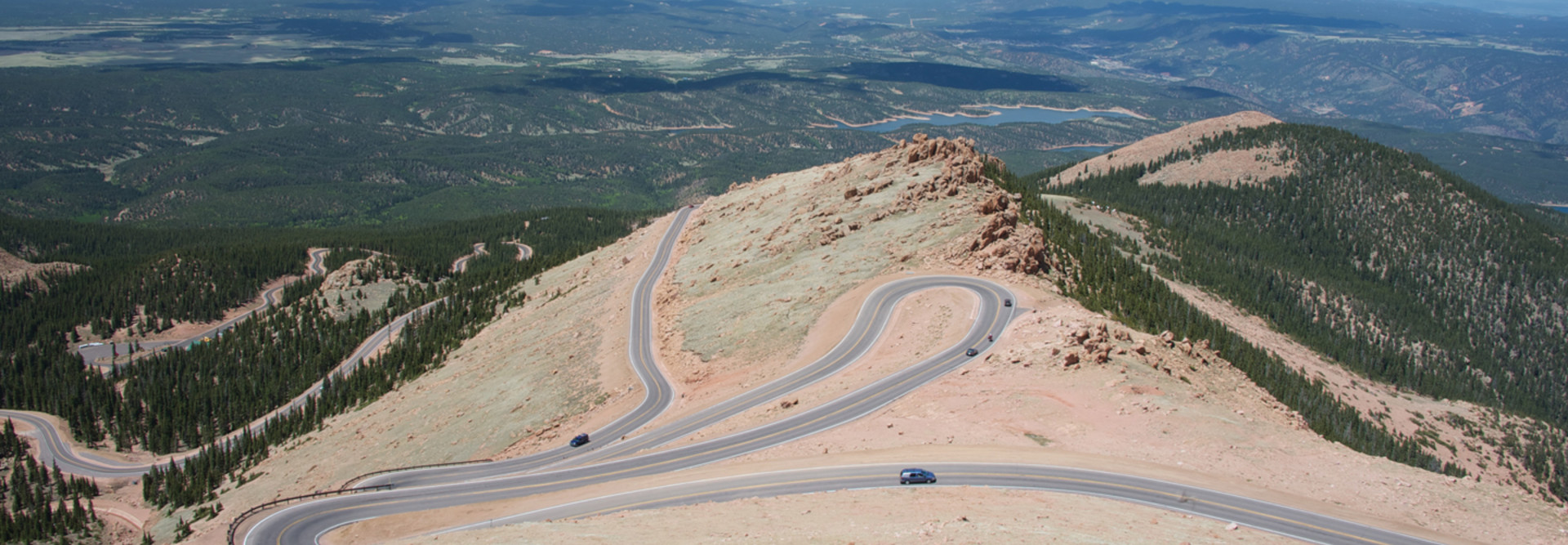What Is a Virtual Tour?
Virtual tours are nothing new, but they have become more immersive as users’ smartphones and tablets have grown in capability, and as virtual reality headsets have become more commonplace.
A virtual tour is “a spherical format based simulation of a physical location,” according to a Medium post from VeeR VR, a VR content company.
“It’s generally made up of images grouped together or videos with linking hotspots. Bespoke virtual tours can contain other media such as sound effects, music, narration, and text,” the post notes “Unlike old media’s restraints, it offers a level of interactivity and decision-making to the consumer, and is a vastly more valuable tool for exhibiting a business location, event or location.”
A 360-degree virtual tour, created by a photographer specialized in taking such photos, allows visitors to enter into a physical location or building and walk around, virtually, via their smartphone, tablet, computer or VR headset, without leaving the comfort of their home.
“Changes in camera technology over the last 24 years — such as digital image processing, improved lenses, and panoramic cameras — have led to ‘virtual tour’ becoming an all-encompassing term, not specific to any one mode of photography or videography, or … 3D-image generation,” explains 3explor.com.
With 360-degree virtual tours, users can get that immersive experience. “Black Mesa State Park up in the panhandle has a really beautiful 360 virtual tour,” Keli Clark, programs officer for Oklahoma State Parks, tells The Oklahoman. “It gives you a tour of the park itself, it gives you a tour of the area, but the 360 view I like the best is probably the night sky. It shows the millions of stars that you can see when you’re out there at that beautiful park.
“You can see what the park is all about ... and it shows you how diverse the landscape in Oklahoma is just by going to all those virtual tours,” Clark adds.
READ MORE: Find out how public libraries have been expanding digital services.
Virtual Tour Software and Technology
The heart of any virtual tour is the software that powers it. One of the leaders in the market, 3DVista, notes that virtual tours can be turned “into comprehensive teaching and testing tools with discovery hotspots (‘treasure hunts’), question or quiz cards, integrated scoring, reporting systems and [Learning Management System] integration.”
Hotspots, according to 3DVista, “are the essence of a virtual tour” because they allow users to “click on objects and discover information and details inside the scene.” Users can open a pop-up detailed image, a 3D model, a purchase window, a multifaceted info window or a website; they can also download a file or play audio and video.
3DVista says its software is compatible with panoramas from all 360-degree and DSLR cameras, including the Insta360 ONE X, Ricoh Theta C/S/V/Z1, Insta360 Pro/Pro 2/Titan, QooCoam 8K and GoPro Fusion/Max.












